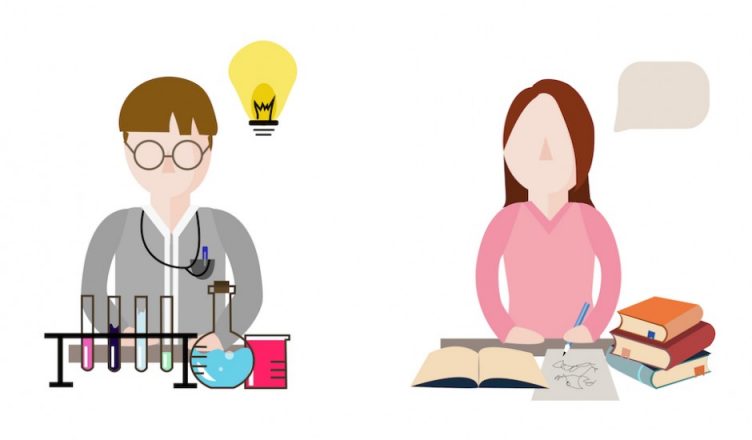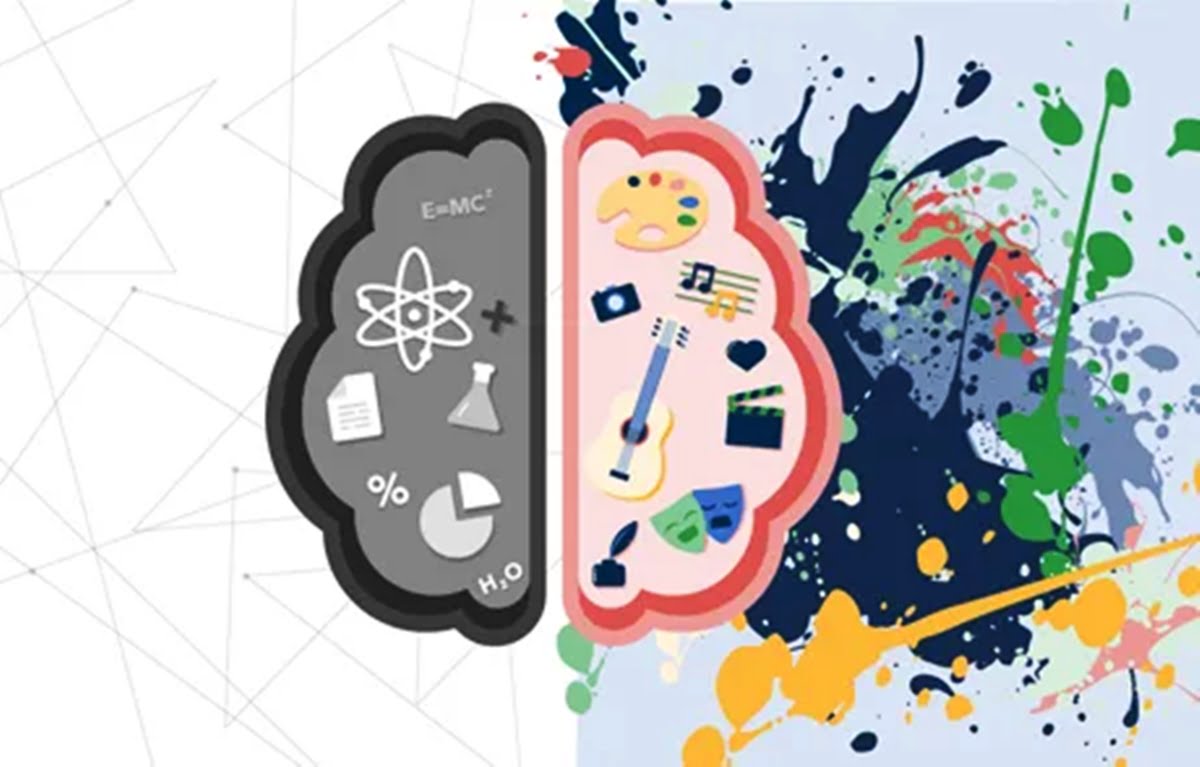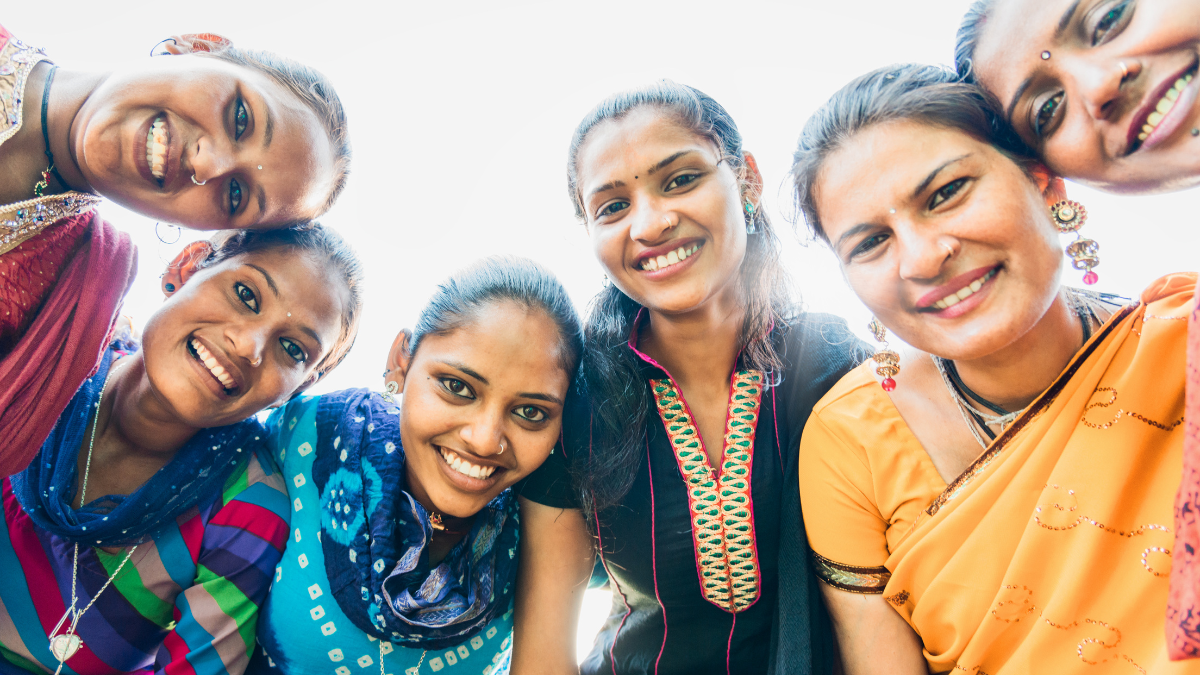“Congratulations! You scored 90 plus? Then you should definitely opt for the Science stream”. Most of us have grown up listening to this or variations of this depending on the marks we managed to score in our tenth class board examinations. Meanwhile, what a student wants has mostly been overlooked and traded in by the expected societal norms. The New Education Policy 2020 with its emphasis on doing away with the rigid separation of streams could be a step in the direction towards eliminating the elitism and notions of privilege associated with the selection of science stream.
The New Education Policy 2020 with its emphasis on doing away with the rigid separation of streams could be a step in the direction towards eliminating the elitism and notions of privilege associated with the selection of science stream.
Also read: In Our Society, Is Humanities To Science What Female is to Male?
The stratification in the streams is portrayed as such that science stream is chosen by the elites (toppers) and the humanities or commerce streams were to be settled for, in case you did not make the cut. I still remember seeing many of my friends struggling to convince their parents to choose humanities or commerce instead of science stream when we got our class X results.
With the NEP 2020, what our generation of students had to go through might not be what the upcoming batches would have to, when it comes to the classification of streams. Doing away with rigid streamlining of subjects for higher studies in school, now all the subjects have merged into one big ocean and students have the final call to choose only the subjects which they wish to study. By offering students the freedom to mix-match subjects according to their preference, it attempts to cast off the long held prejudice of attaching the streams to one’s intelligence rather than the interests.
Flexibility To Learn What You Yearn
NEP 2020 would render flexibility of subjects by reconciling curricular, co-curricular and extra-curricular to inculcate more critical and analysis thinking. Adopting a credit-based system is not novel, but this time, hopefully the government will work upon actual implementation of the changes made, rather than discussing it only over the papers.
Equal proportion of weightage will be given to academics and co-curricular activities. The focus is on the holistic development of the students and beyond mugging up the syllabus. Earlier it was defined specialisation sans the desired effect.
The merging of steams is the replication of the western model of education, where students will be given an agency to choose the subjects. This is not the case right now. It will enable a more liberal way of looking at art, as each human activity be it science or technology will be seen under the sphere of art.
Back home, does that translate to no more nagging relatives intruding on what Gupta ji’s beta/ beti opted for? Our parents have been conditioned by their parents and the vicious circle of pushing the child to be an engineer or doctor goes on. Parents will take an ounce of time to adopt this new reform and move past their fondness for the science stream.
According to a report by Hindustan Times, PM Narendra Modi on NEP 2020 said that policy could even lead to changing the way the society thinks, rather than just effecting changes to the teaching and learning system.
If implemented carefully, the aspect of NEP 2020 that seeks to remove rigid streams-structures could eradicate the bias in the streams. To understand this deep seated bias in education and career choices we could attempt to understand how social role theory’ proposed by Eagly and Wood, 1987 functions. The psychological theory asserts that gender stereotypes determine gendered behaviour through social interactions and societal norms as well as media. Social roles are organised in a way that women are more likely to fit as homemakers and nurturers of children. They are being taught that they have to multi-task their personal and professional life. Hence, women are expected to opt for ‘so called feminine’ career options. Contrary, men are deemed primarily as family providers that will ultimately add to the economy. They are expected to opt for career choices that require physical strength or headship skills.

In humanities and arts stream, the enrollment in courses like ‘dance’ and ‘design’, fine arts, home science, history, etc. witness more girls than boys, while courses of engineering, science and technology have more men. Converse to this, science stream courses like nursing, medical, and physiotherapy have a higher chunk of women enrolled, especially because of its association with care work – a domain largely depicted as feminine. This states that there is a cloud of gendered bias in the preference of specific courses, apart from stream, determined by the social role theory.
Speaking to Times of India, Sucharita Basu Kasturi, senior physics teacher of Sardar Patel Vidyalaya, said, “There is a pressure on everybody to take science stream, especially among the boys. They look it as a gateway to engineering, medicine, architecture and psychology.“
High Time To Move Past The Hype For Science
To say that humanities is lesser significant a stream is naïve, as social sciences and humanities hones a factual world view and creates the foundation for a better understanding of society. Studying subjects such as political science, history and sociology, among others, help students to develop a vision to sight things differently and prepares you for great professions you could further go in.
Moreover, the current syllabus refrains students to inculcate professional learning. The move to amalgamate core and chosen subjects can widen a pool of new career options and opportunities.
Also read: My Personal Journey With The Male-Dominated Science Sector
Mental Stress On Students
Such is the effect on the mental health of a student in India that statistics indicate one student commits suicide every hour in India. Parent pressure on students can draw them towards depression, anxiety, disruptive behaviour, intellectual disability and bi polar attitude.
Speaking to The News Minute, BS Rishikesh, an associate professor at Azim Premji University’s School of Education, said “We started creating engineers and doctors with such narrow viewpoints that they didn’t know anything else happening around them. Class 10 would have been the last class where they would have read anything about social sciences or political science or current affairs. So it did a lot of harm to the society. Those are the things that the policy is trying to dismantle.”
Speaking to Times of India, Sucharita Basu Kasturi, senior physics teacher of Sardar Patel Vidyalaya, said, “There is a pressure on everybody to take science stream, especially among the boys. They look it as a gateway to engineering, medicine, architecture and psychology.“
Also read: Why We Must Be Critical Of The New Education Policy 2020
Teachers As A Catalyst
However the problems do not end there. Teachers in India have largely been trained in the conventional manner and it would take time to grasp the pedagogy pertaining to multi-disciplinary education and project-based learning. Teachers should be enrolled in awareness sessions and workshops that provide sufficient clarity and should be educated enough to execute this. They can act as catalysts of transforming the vision of NEP 2020 into reality if provided with the right kind of exposure and training.
Further, UGC’s recent approval of enabling students to pursue dual degree also definitely expands their career options.
Changing the age-old pattern of ‘marks’ determining which subjects to choose and society judging your aptitude on the same, should have passed off as vintage a long time back. This step might turn revolutionary, if it breaks the stereotype attached to the stream. However. whether it changes the view of parents in general and society as a whole remains to be seen.
Unnati Khubyani is pursuing MA Convergent Journalism from AJK MCRC, Jamia Millia Islamia. Her personal interests includes painting, cinema and writing human interest stories. She can be found on Twitter.
Featured Image Source: Ebsco




